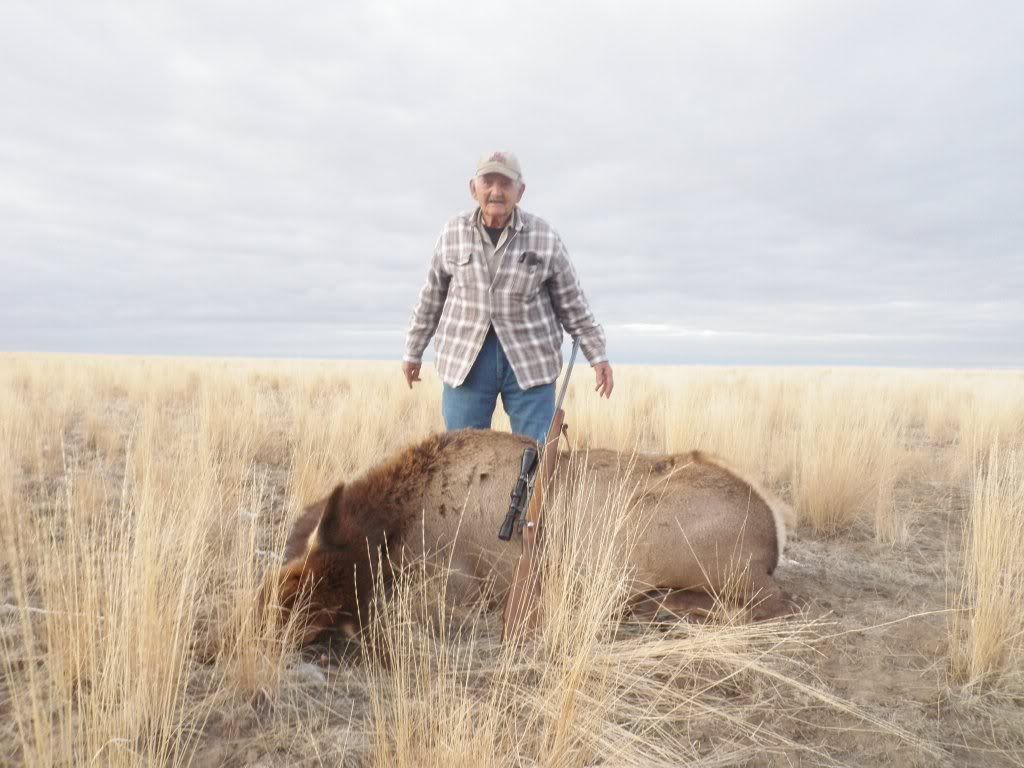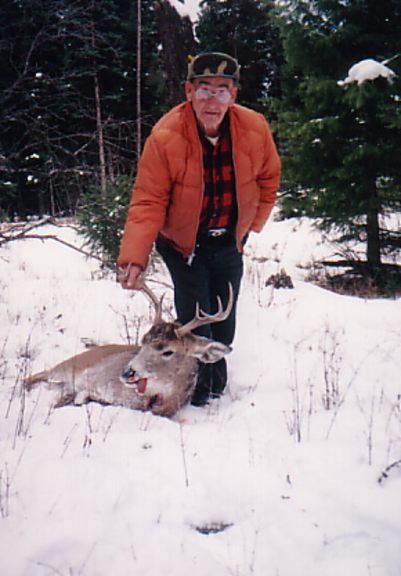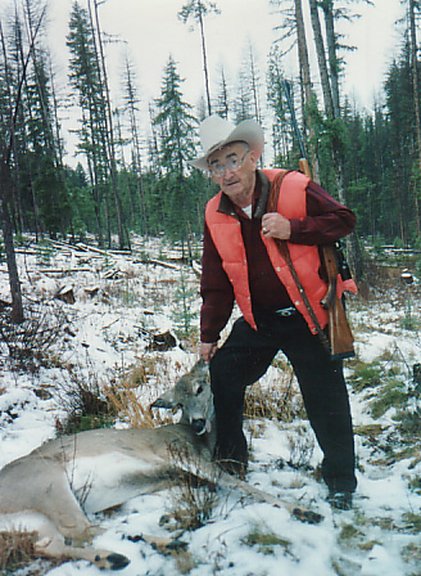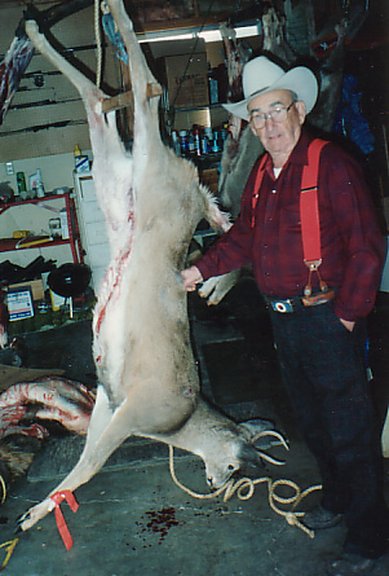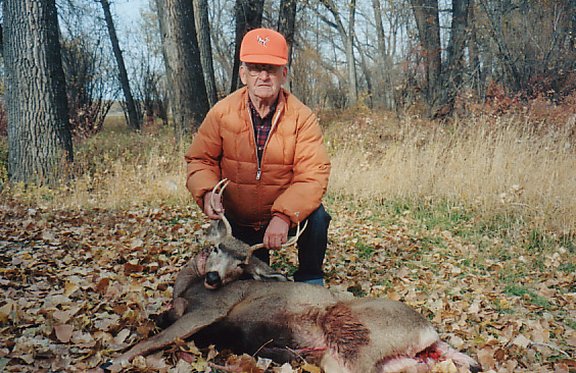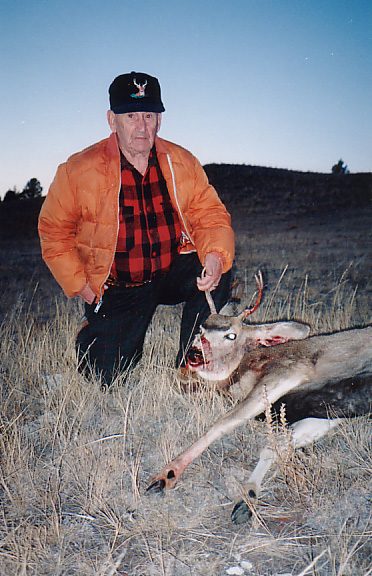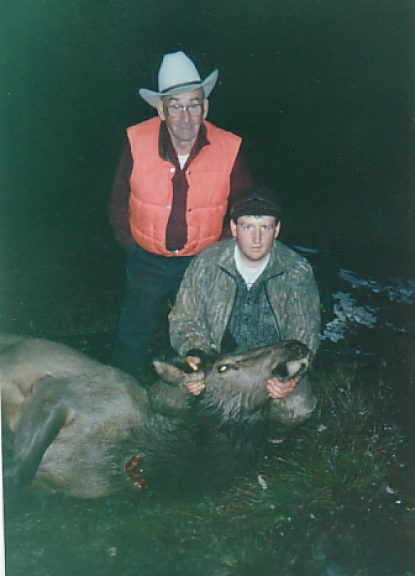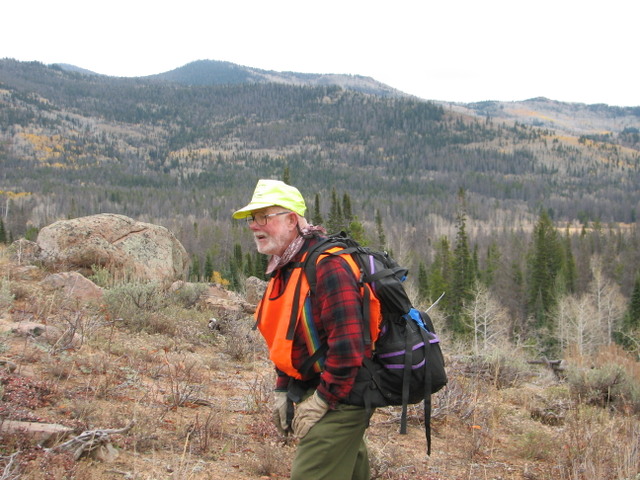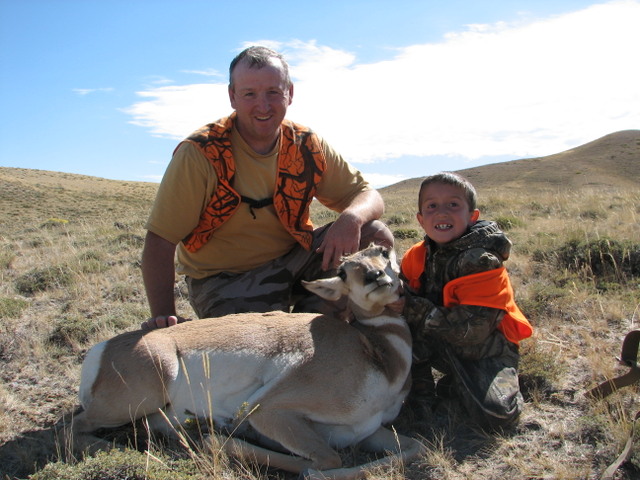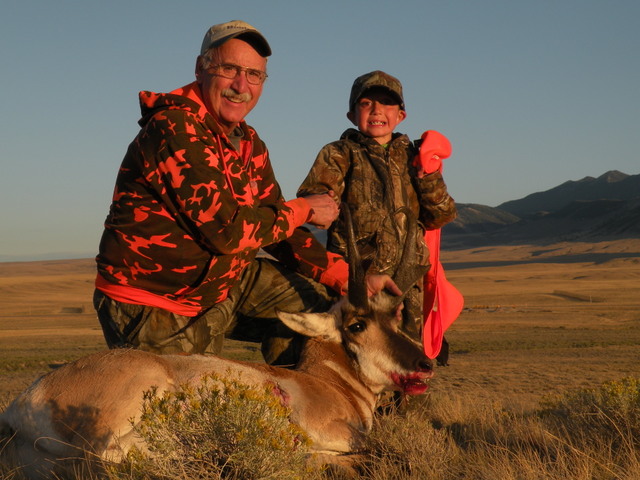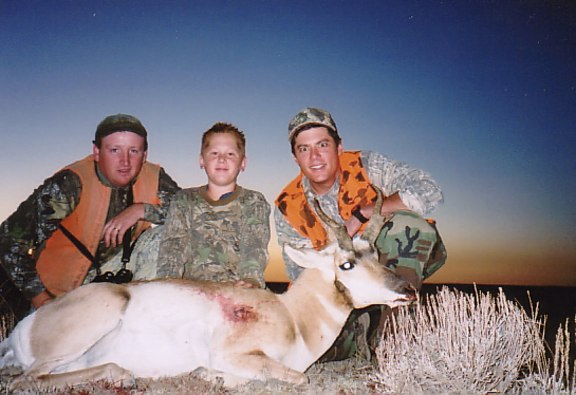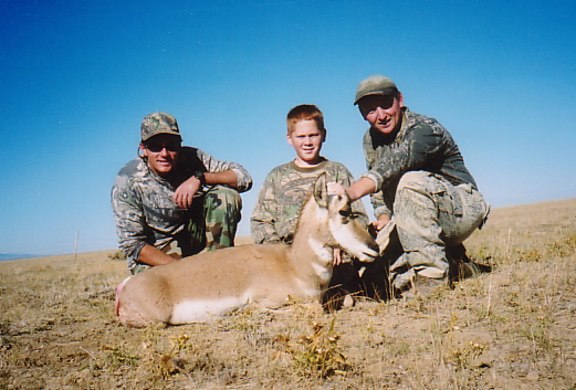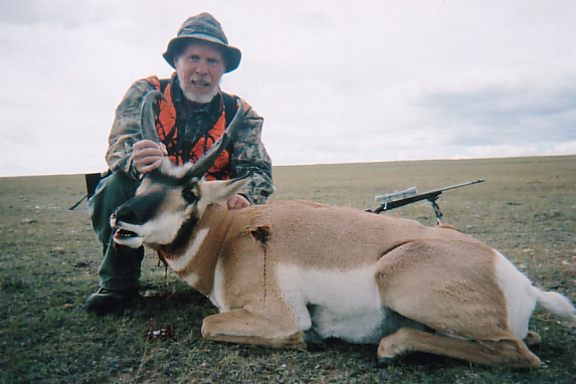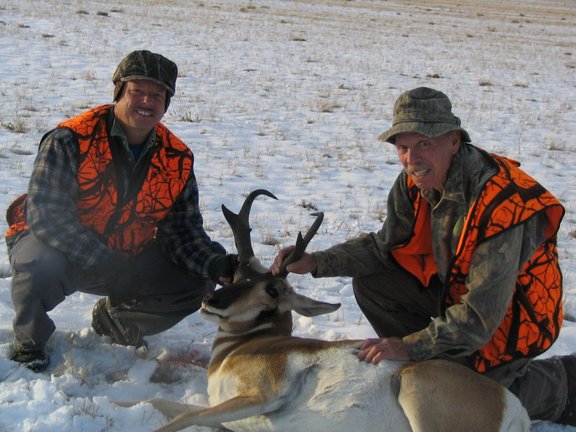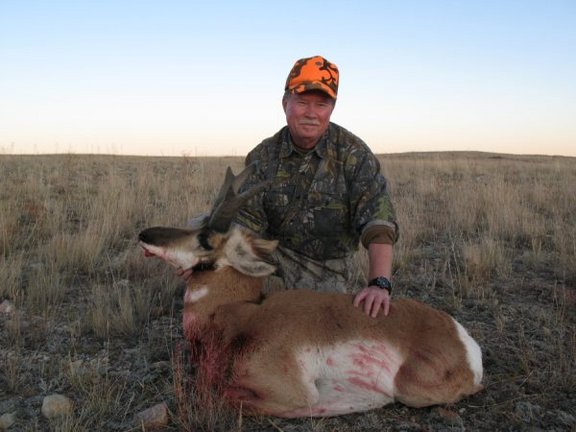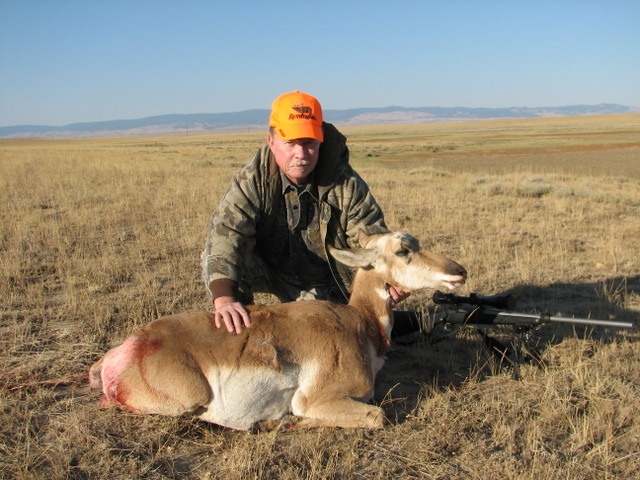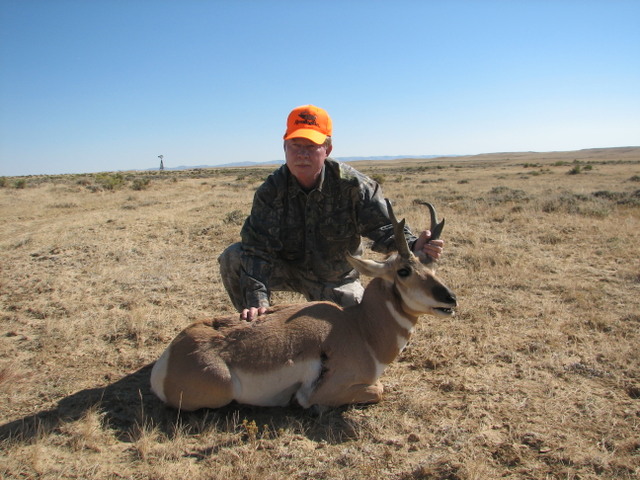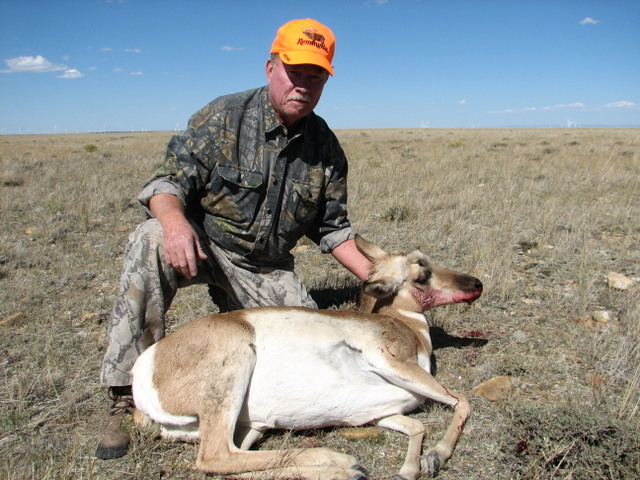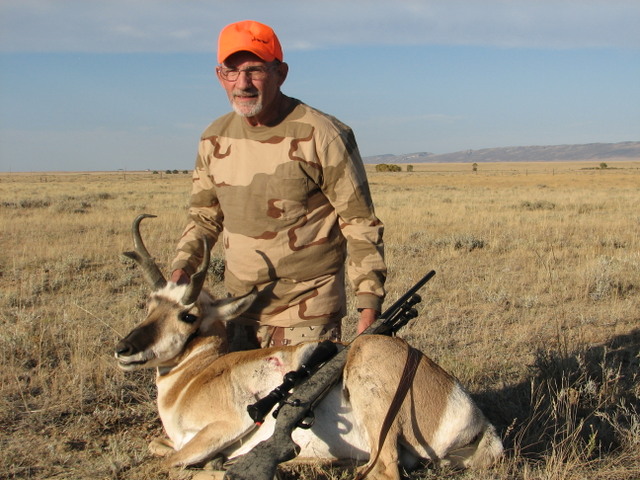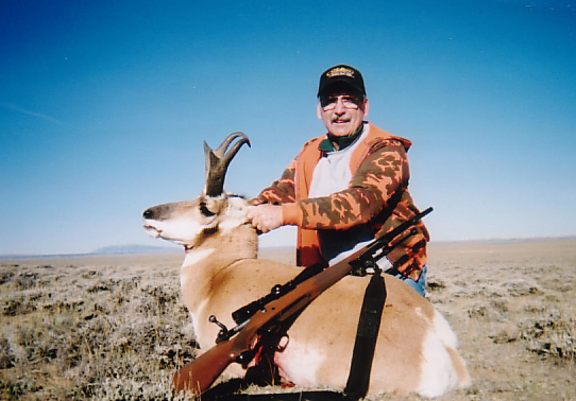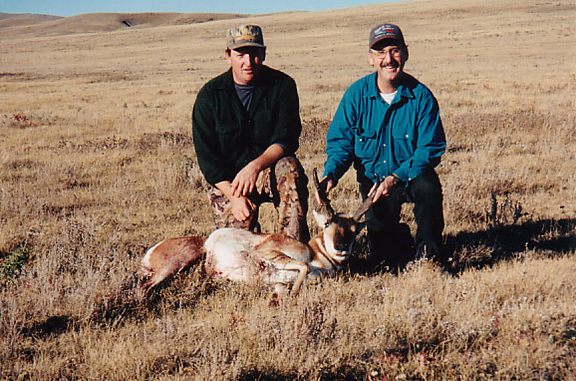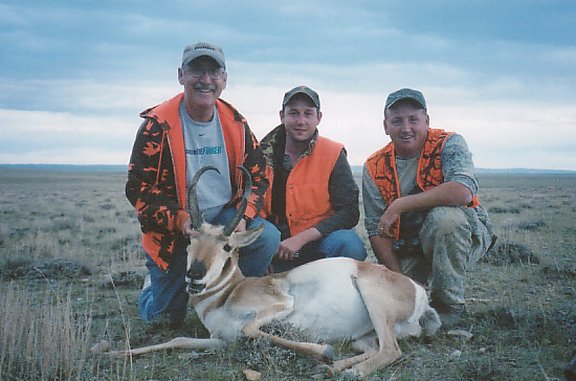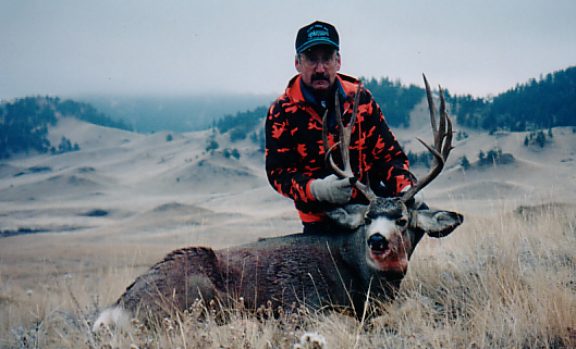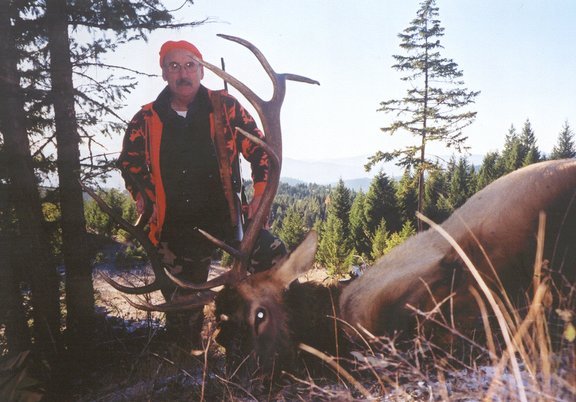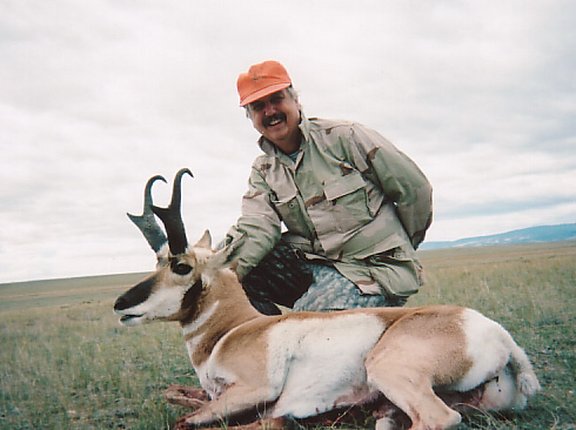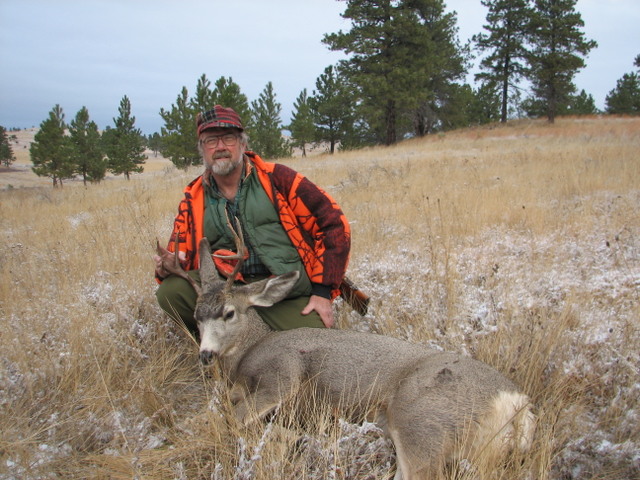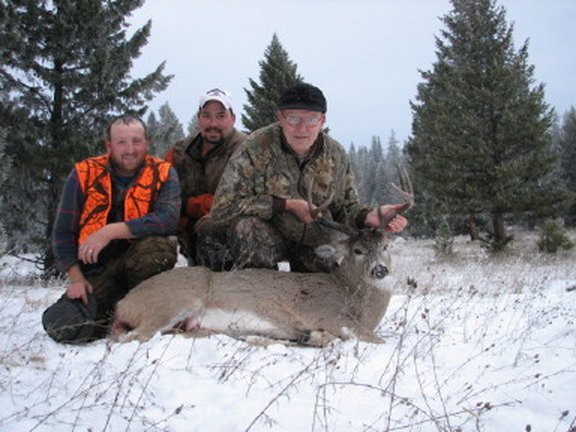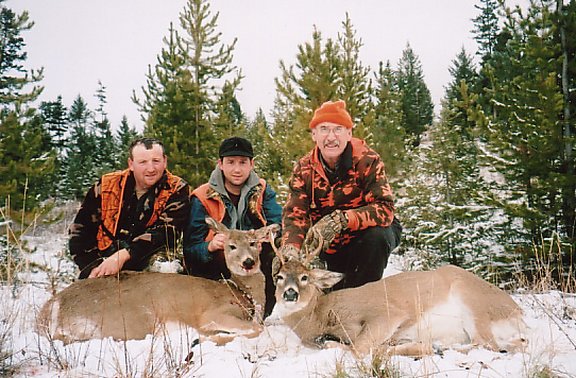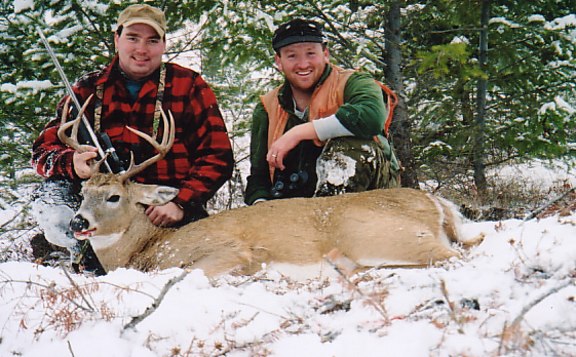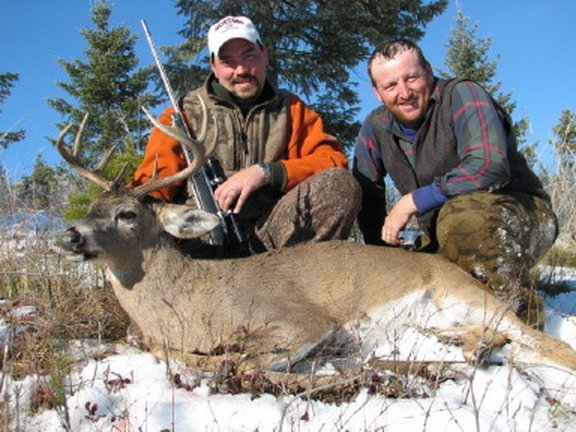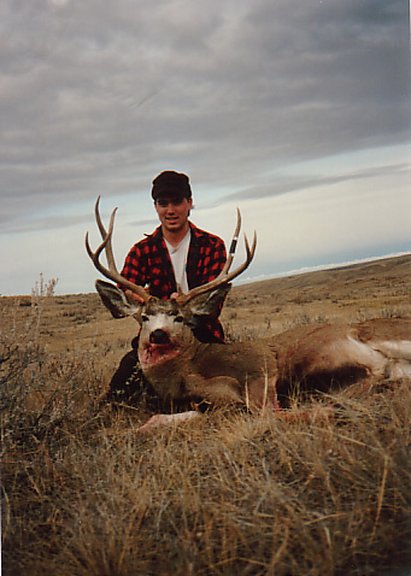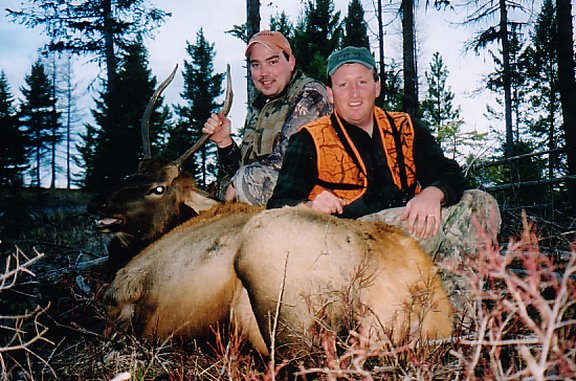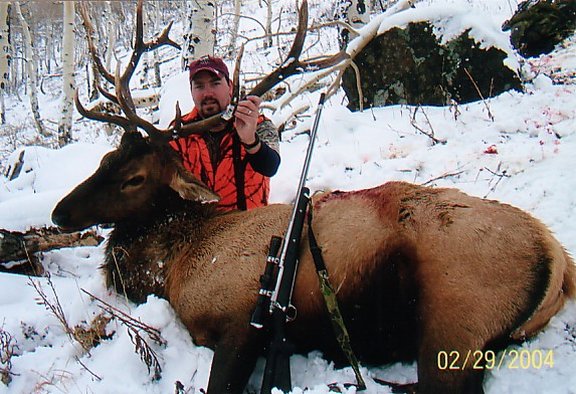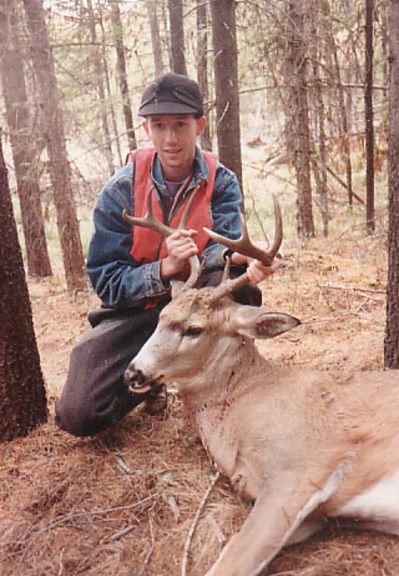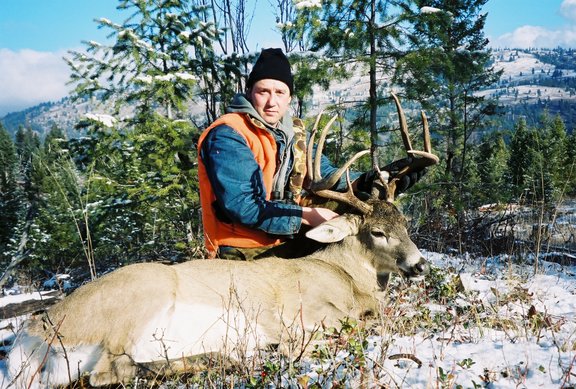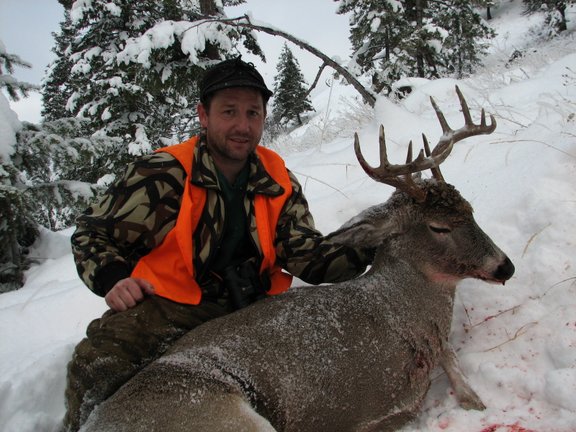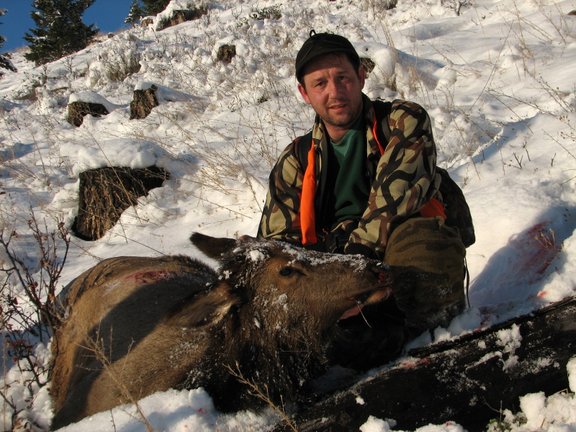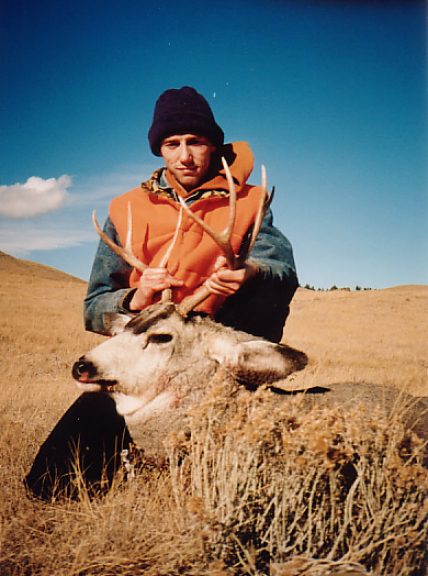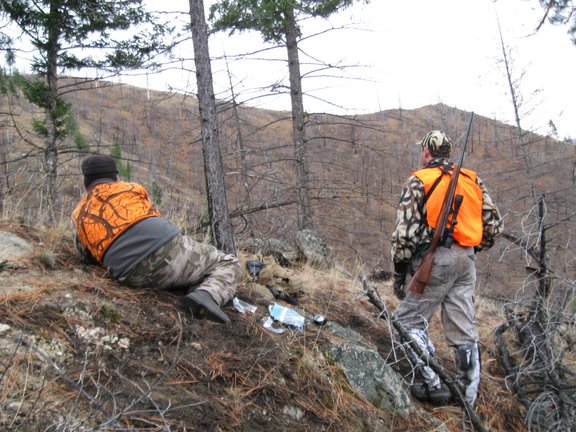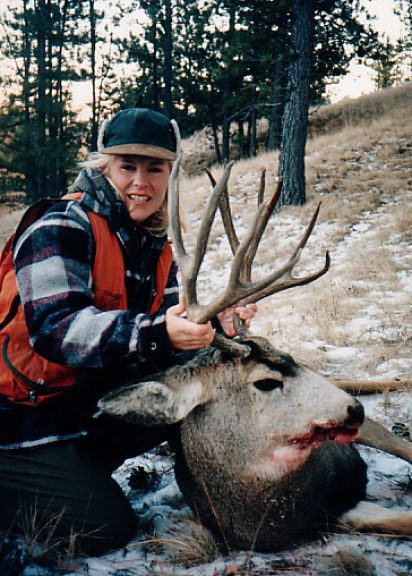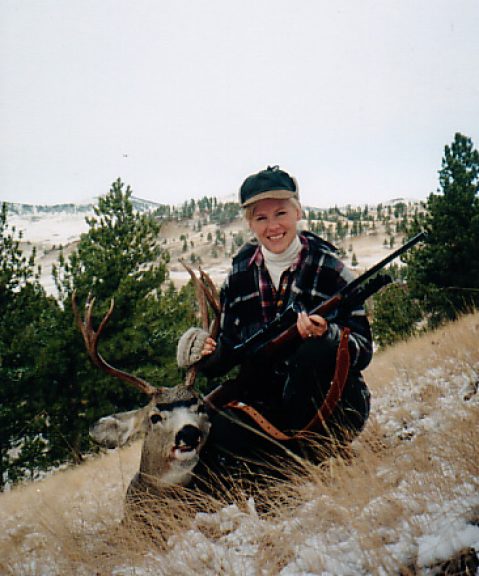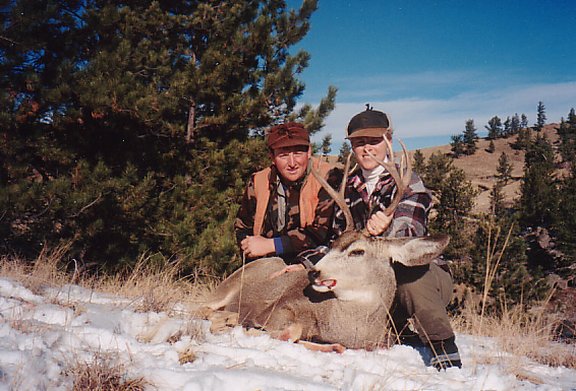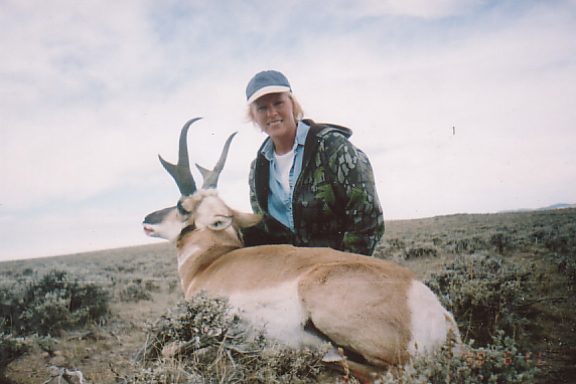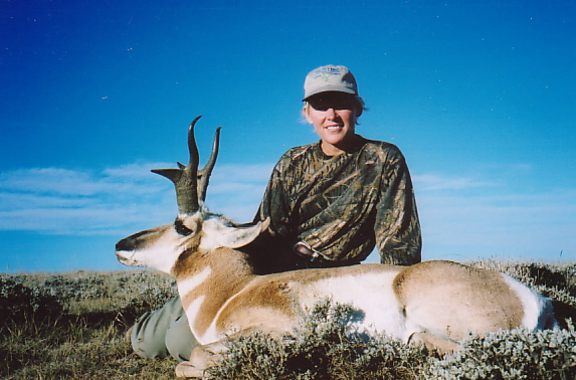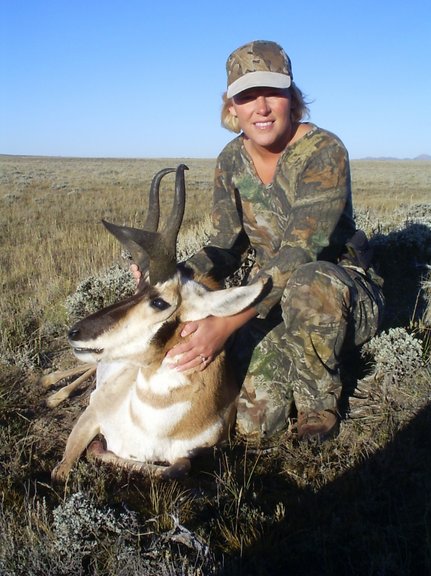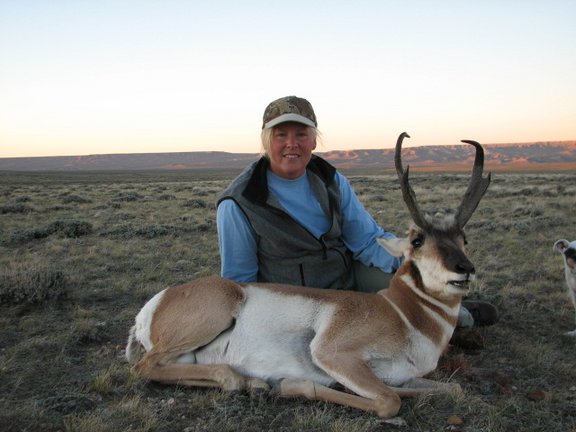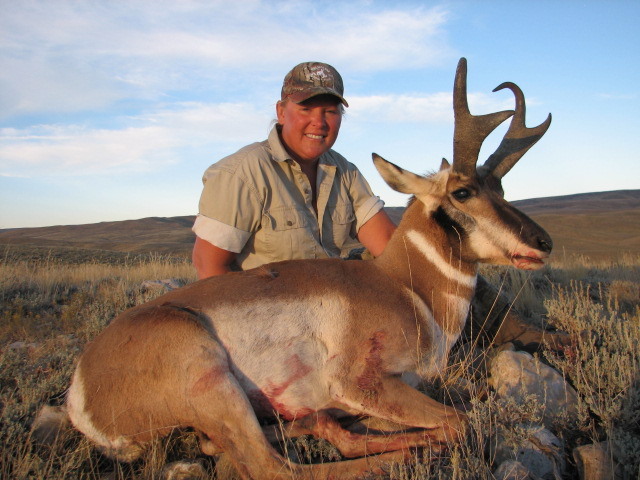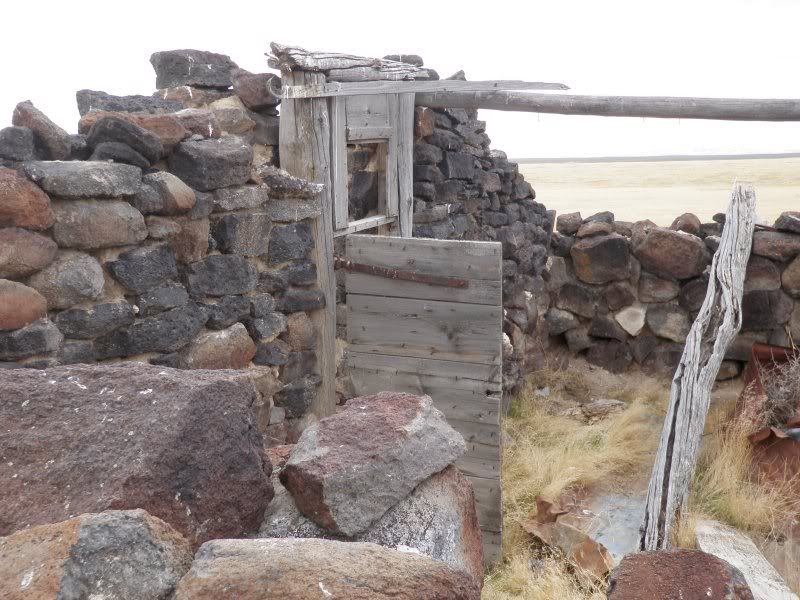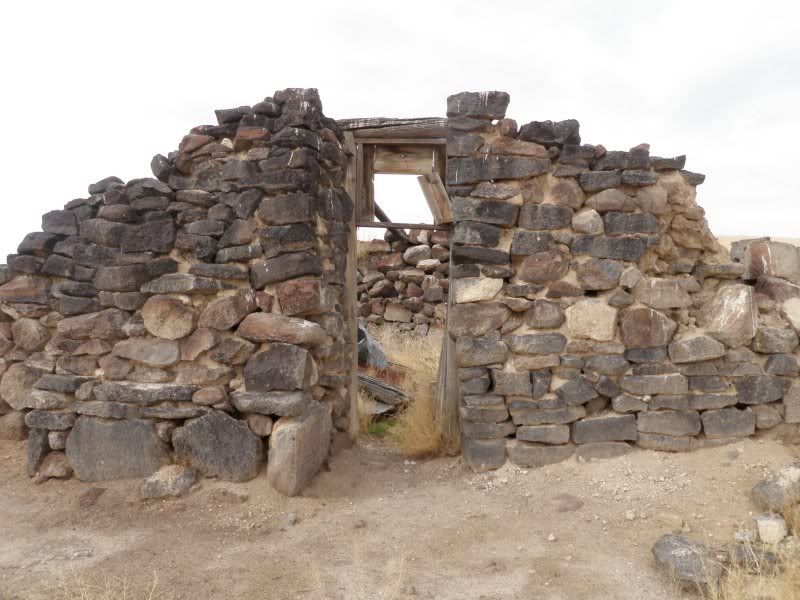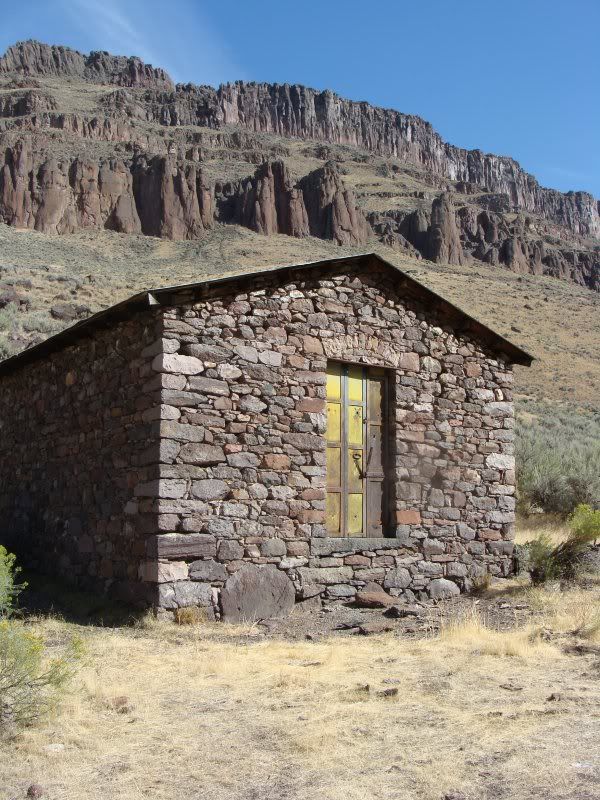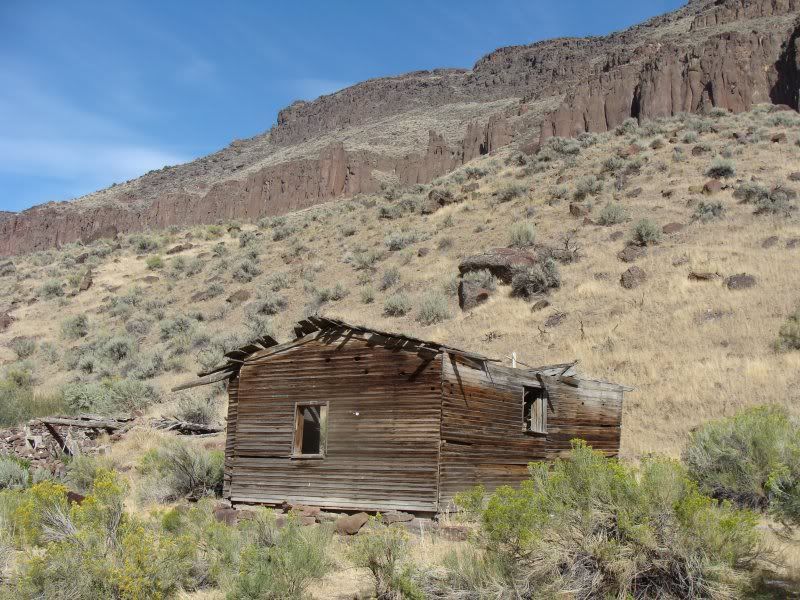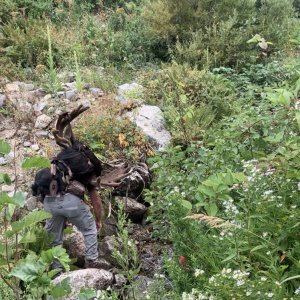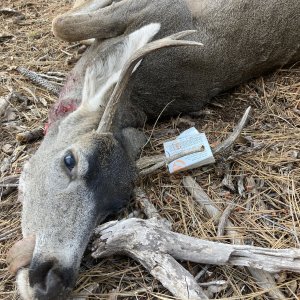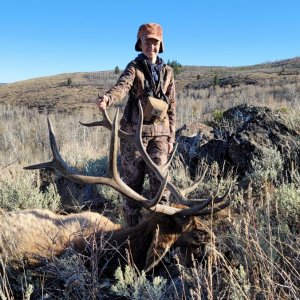D
dreaminbouthuntin
Guest
http://wilderness.org/content/roadless-rule-becomes-law-land
arch came in like a lion to defend our national forests. After years of courtroom wrangling and legal uncertainty, the Roadless Area Conservation Rule has finally become the law of the land.
In early March a Wyoming federal district judge officially lifted a nationwide injunction that had blocked the US Forest Service from implementing the roadless rule. Adopted more than a decade ago, the roadless rule protects 58 million acres of national forest inventoried roadless areas across the country from road construction and commercial logging.
Due to the court's ruling, roadless national forest lands from the Southern Appalachian Blue Ridge Range, to Montana?s Whitefish Range and Washington state?s Teanaway Roadless Area will remain wild and open to world-class recreation, including hunting, hiking and mountain biking. These same forests also help supply drinking water to nearby communities, especially in the West.
The Wyoming court's action came in response to a historic ruling in the fall of 2011, in which a U.S. Court of Appeals reversed the Wyoming district court and upheld the legality of the roadless rule. The Wilderness Society and other conservation groups, represented by Earthjustice, intervened in the case to defend the rule.
History of the roadless rule
The Roadless Rule was developed through an extensive public comment process during the Clinton Administration. Along with the 1964 Wilderness Act and the 1980 Alaska Lands Act, the Roadless Rule is considered to be one of the most significant conservation actions ever taken by the federal government.
Almost upon the day it was adopted in 2001, the roadless rule was wrought with controversy, including legal attacks from the Bush Administration and other interests. Now, after a back-and-forth struggle in which The Wilderness Society has fought every step of the way, some of the wildest forests in the country are protected.
Forest roadless areas are still threatened
Serious legal and political threats to national forest roadless areas remain in Colorado and across the West. In the courts, the State of Wyoming intends to ask the U.S. Supreme Court to step in and overturn the roadless rule fully. In Idaho, nine million acres of roadless areas have less protection under a state-specific Idaho roadless rule adopted by the Bush Administration.
The fate of Colorado?s four million acres of roadless forests remains in question. The State of Colorado has asked the Obama Administration for a state-specific rule -- similar to Idaho?s -- but that would allow more road building and logging that would set aside quiet recreation in favor of extractive industries, like coal mining.
One of Colorado?s justifications for a state-specific rule was the legal uncertainty surrounding the roadless rule. However, the courts now have resolved the legal issues and declared the roadless rule to be the law for roadless areas across the country-- one set of rules for our nation's valued forests. There is not a need for state-specific roadless rules in Colorado or elsewhere.
Why protect roadless forests?
Did you know that almost 80 percent of our country?s freshwater originates in forests? And of that, national forests are the largest source of water in the United States, much of that water being of the highest quality available. Millions of people depend on this water for drinking and personal use. Protected forests keep that water safe and clean.
Roadless forests also provide playgrounds for children and adults alike. Each year millions of people visit our national forests to fish, watch wildlife, camp, hike, bike and ski. A study by the Forest Service shows that recreation activities in national forests and grasslands have helped to sustain an estimated 223,000 jobs in rural areas and contribute approximately $14.5 billion annually to the U.S. economy.
This group promots keeping the wild roadless for better hunting, hiking, and non moto recreation.
arch came in like a lion to defend our national forests. After years of courtroom wrangling and legal uncertainty, the Roadless Area Conservation Rule has finally become the law of the land.
In early March a Wyoming federal district judge officially lifted a nationwide injunction that had blocked the US Forest Service from implementing the roadless rule. Adopted more than a decade ago, the roadless rule protects 58 million acres of national forest inventoried roadless areas across the country from road construction and commercial logging.
Due to the court's ruling, roadless national forest lands from the Southern Appalachian Blue Ridge Range, to Montana?s Whitefish Range and Washington state?s Teanaway Roadless Area will remain wild and open to world-class recreation, including hunting, hiking and mountain biking. These same forests also help supply drinking water to nearby communities, especially in the West.
The Wyoming court's action came in response to a historic ruling in the fall of 2011, in which a U.S. Court of Appeals reversed the Wyoming district court and upheld the legality of the roadless rule. The Wilderness Society and other conservation groups, represented by Earthjustice, intervened in the case to defend the rule.
History of the roadless rule
The Roadless Rule was developed through an extensive public comment process during the Clinton Administration. Along with the 1964 Wilderness Act and the 1980 Alaska Lands Act, the Roadless Rule is considered to be one of the most significant conservation actions ever taken by the federal government.
Almost upon the day it was adopted in 2001, the roadless rule was wrought with controversy, including legal attacks from the Bush Administration and other interests. Now, after a back-and-forth struggle in which The Wilderness Society has fought every step of the way, some of the wildest forests in the country are protected.
Forest roadless areas are still threatened
Serious legal and political threats to national forest roadless areas remain in Colorado and across the West. In the courts, the State of Wyoming intends to ask the U.S. Supreme Court to step in and overturn the roadless rule fully. In Idaho, nine million acres of roadless areas have less protection under a state-specific Idaho roadless rule adopted by the Bush Administration.
The fate of Colorado?s four million acres of roadless forests remains in question. The State of Colorado has asked the Obama Administration for a state-specific rule -- similar to Idaho?s -- but that would allow more road building and logging that would set aside quiet recreation in favor of extractive industries, like coal mining.
One of Colorado?s justifications for a state-specific rule was the legal uncertainty surrounding the roadless rule. However, the courts now have resolved the legal issues and declared the roadless rule to be the law for roadless areas across the country-- one set of rules for our nation's valued forests. There is not a need for state-specific roadless rules in Colorado or elsewhere.
Why protect roadless forests?
Did you know that almost 80 percent of our country?s freshwater originates in forests? And of that, national forests are the largest source of water in the United States, much of that water being of the highest quality available. Millions of people depend on this water for drinking and personal use. Protected forests keep that water safe and clean.
Roadless forests also provide playgrounds for children and adults alike. Each year millions of people visit our national forests to fish, watch wildlife, camp, hike, bike and ski. A study by the Forest Service shows that recreation activities in national forests and grasslands have helped to sustain an estimated 223,000 jobs in rural areas and contribute approximately $14.5 billion annually to the U.S. economy.
This group promots keeping the wild roadless for better hunting, hiking, and non moto recreation.

